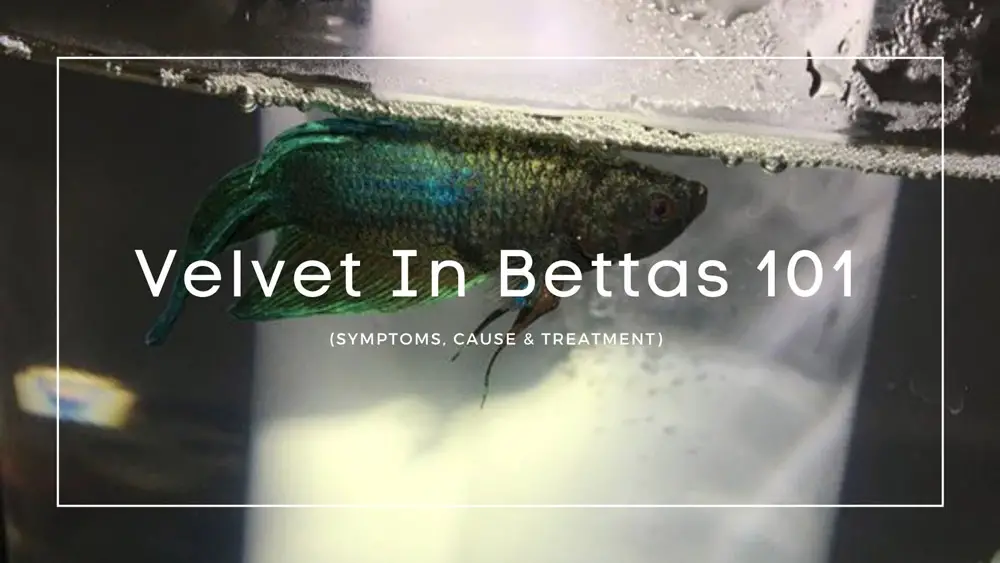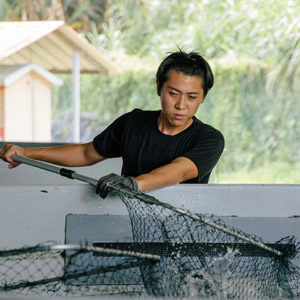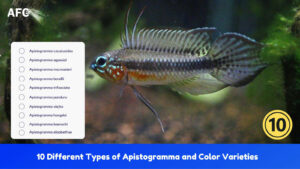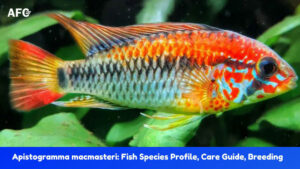Velvet disease is a very common disease that aquarium fishes suffer from. As such, all aquarium owners should know how to treat it.
Often referred to as gold-dust disease or rust disease, it is caused by a group of microscopic parasitic dinoflagellates that are present in both freshwater and saltwater aquariums. In this article, we will be taking a closer look at what betta velvet disease really is and what you can do to treat it.
So, without further chit-chat, let’s get straight to the good stuff.
What Is Velvet Disease in Betta Fish?

Velvet disease is caused by Piscinoodinium spp. in freshwater fish and Amyloodinium ocellatum in marine fish.
The genus Piscinoodinium, formerly known as Oödinium [Westerfield, 1995], is a tiny, single-celled organism that can move around by whip-like flagella on its well-developed undulating membrane. The two species of Piscinoodinium that impact betta fish are P. limneticum and P. pillulare; the former was identified from a North American aquarium fish and the latter from a European aquarium fish [1].
Both “ich” (Ichthyophthirius multifiliis) and Velvet disease (Piscinoodinium spp.) are protozoan parasites; however, the difference between them is that Piscinoodinium has chloroplasts to produce nutrients. Thus, they are sometimes classified as algae.
While they have a similar life cycle that can be divided into three major stages including:
- Feeding stage (on-fish): The trophont grows root-like structures called rhizoids into the betta fish’s skin, burrows under the epithelium, and absorbs nutrients, resulting in your fish’s skin or gill peeling. This stage usually lasts around 6 days at tropical temperatures.
- Reproducing stage: When the trophont matures, it stops feeding, drops off the fish skin, and becomes a tomont. Meanwhile, it secretes a jelly-like cyst that allows it to stick to any surface in the aquarium. Then it begins to reproduce, dividing into as many as 256 [2] free-living tomites within a single cyst in a day.
- Free-swimming stage: Tomites swim around in search of a fish host, using the energy they’ve gathered from photosynthesis to survive in the water. Once an adolescent tomite finds a host fish, it attaches itself, consuming the fish’s cells until it reaches maturity (with only 3 days) and detaches to become a free-swimming theront with the tomont cyst once more. A tomite must attach to a host within 24–48 hours or die at warmer water temperatures.
Learning about the life cycle of Velvet disease is key to understanding how to treat it, including the treatment duration and repetition. We’ll get into that in a bit.

Like the well-known parasite, ich, the fairly complex life cycle [3] of Piscinoodinium makes Velvet disease difficult to treat. If not diagnosed and treated correctly and quickly, it can very quickly kill your betta fish.
However, there is nothing to panic about, as this illness can be treated if it’s caught early. Therefore, we suggest reading the next following sections carefully.
As previously mentioned, it is caused by a parasite called Oodinium, which latches onto the fins, gill, or the body of bettas and feeds on the nutrients present inside them. This causes the Bettas to lose their majestic color, and they are further dulled by a gold-like coating all over their bodies.
Velvet affects all kinds of fishes, but bettas are usually more susceptible to it. Certain conditions may put your bettas at a higher risk of catching velvet, including sudden shifts in water temperature, poor water quality, and a dirty tank.
However, there is nothing to panic about as this illness can be treated if it’s caught early. Therefore, we suggest reading the next following sections carefully.
Signs and Symptoms of Velvet in Betta Fish

As the name suggests, the most obvious physical sign of gold-dust disease is a “rust” or “gold dust” coating all over the body of your betta fish. That’s the good news because there are rarely other infections that cause such a distinctive sign.
Depending on which stage of the Velvet disease life cycle your betta fish is in, you may also experience other symptoms.
Symptoms During Early Stages of Velvet Disease
During the feeding stages, one of the earliest symptoms you’ll notice in your bettas is that they will start behaving differently.
They will often scratch their bodies against the objects in the tank because the velvet-causing parasite irritates their skin. This behavior is commonly referred to as “fish flashing.”
The feeding stage of Velvet disease is visible to the naked eye as the yellow or golden colored spots or film on the betta fish’s body, gills, and fins, which are caused by the photosynthetic pigments inside the Piscinoodinium.
Symptoms During Advanced Stages of Velvet Disease
Both tomont and tomites can’t be seen with the naked eye during reproducing and free swimming stages, but the respiratory clinical signs may be observed.
At this stage, Velvet disease will become more serious if left untreated as the parasite begins to damage your betta fish’s skin and gills, resulting in clamped fins and labored breathing. The lack of oxygen may also lead to lethargy.
In some unfortunate cases, your betta’s skin may peel off or suddenly die.
Diagnosis of Velvet in Bettas

During the early stage, these whitish or yellow pustules are much finer than the white spots seen in Ich, which can sometimes be difficult to notice.
When you find your betta fish “flashing,” as part of your fish’s exam, I recommend shining a flashlight on the fish in a dark room so that you can observe traces of Velvet disease in greater detail.
Causes of Velvet in Bettas
Virtually any parasite infestation can be traced to an incomplete quarantine protocol, which should always be done before introducing any new fish into your aquarium. Even if you purchased a betta from the store, it is best to keep it in quarantine for at least 4-6 weeks, just to be sure.
Other potential causes may include:
- Using infected aquarium equipment between tanks
- Using infected filter media or décor between tanks
- A fish bag may have tomonts attached to them
Treatment of Velvet in Betta Fish
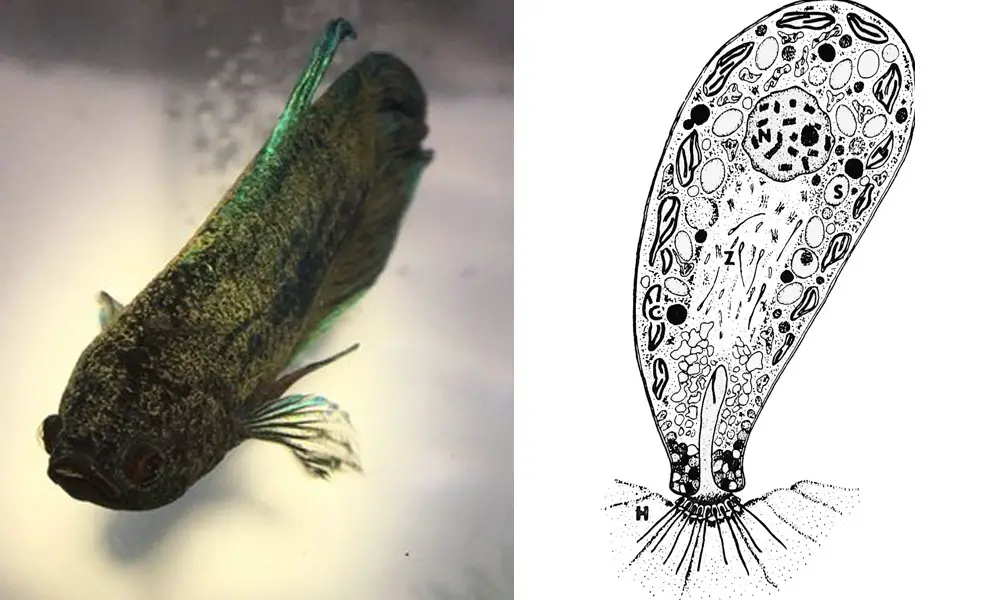
Fortunately, Betta Velvet is not always fatal if you catch your little guy in the right stage of Velvet disease.
Many fish owners think that Velvet disease is much easier to treat during the feeding stage because it is visible, but the truth is, only the free-swimming stage can be treated with medication.
Initially, the trophont is protected by the epithelial tissue and mucus of its host. During the tomont (reproducing) stage, the gelatinous coating of the tomont is impermeable to medications. However, the free-swimming stage has no such protection and is highly susceptible to chemical treatment.
On the other hand, water temperature greatly impacts its life cycle, where it will speed up the Velvet life cycle in warmer water and slow it down in colder water.
Once other diseases are ruled out, and Velvet is positively identified, take the following treatments:
Increase Water Temperature
If you catch your bettas with velvet disease in the early stages, we recommend slowly raising the temperature of the aquarium to 82°F to quicken the Velvet life cycle. Be aware that this method is not practical for other fish in your betta tank as it can cause stress.
Controlling Light Can Help
Since Piscinoodinium can use its chloroplasts to photosynthesize, controlling the amount of light can help reduce the growth of Piscinoodinium.
Copper Sulfate for Betta Velvet Disease
Copper sulfate (CuSO4) is the most effective chemical medication used in the treatment of parasitic infections like Ich and Velvet.
However, maintaining the optimal level of copper sulfate in the aquarium can be a little tough as it dissolves quickly. It’s also toxic to invertebrates and can be difficult to purge from the tank, so it’s best to move the affected betta to a separate quarantine tank.
A copper test kit is essential for anyone using copper for treatment. Also, follow the instructions on the label carefully and monitor your betta’s behavior every day.
Malachite Green For Velvet in Bettas
In severe cases, you might have to use malachite green to treat velvet in your bettas.
Malachite green has been used as an anti-parasitic and anti-fungal agent to treat external parasites and egg fungus, particularly when concentrated and combined with formaldehyde.
Like copper sulfate, it’s toxic to invertebrates, so be sure to remove any live plants or snails before treatment. This chemistry is significantly stronger and must be used with caution.
Add Aquarium Salt
Lastly, if you catch your bettas with velvet disease, add salt to the aquarium. Again, don’t add it too quickly. Instead, take some water out of the aquarium, add the salt, and then pour the water back in.
Ideally, you should add one teaspoon of salt for every gallon of water in your aquarium. To avoid accidentally killing your fish through shock, make sure you add the salt over 4 hours.
If you’ve tried the above measures and they don’t work. Furthermore, your little guy is showing the severe-phase symptoms of velvet; you may need to use stronger medication. The main two are copper sulfate and malachite green. A quarantine tank is a must for anyone who plans on using these methods.
Prevention & Quarantine
The best method of treating Velvet disease is to prevent it from happening in the first place. This is why betta owners should always quarantine new fish, invertebrates, decorations, and plants for at least a month before introducing them into the main aquarium.
By quarantining, you can ensure that any Velvet or other parasites your new fish may have doesn’t spread to the rest of your tank. During this period, keep a close eye on your new fish and check them for any disease.
Beyond that, be sure to maintain a healthy aquarium. Perform regular water changes, feed an appropriate diet, and check in your betta fish tank on a regular basis.
Final Thoughts
So, that was pretty much everything you needed to know about the velvet disease in bettas.
We hope you now have a good idea about the entire process of treating this disease. Set up a separate quarantine tank when using copper and malachite green. Don’t risk the lives of your invertebrates and plants.
Remember, prevention is better than cure; it is critical to quarantine new arrivals and keep your aquarium water healthy. Velvet diseases can be a nasty thing to deal with, but with the right knowledge, you can keep it at bay.
On that note, let’s call it a day. Until next time, see you soon with another interesting guide!
Article Sources:
- Levy MG, Litaker RW, Goldstein RJ, Dykstra MJ, Vandersea MW, Noga EJ. Piscinoodinium, a fish-ectoparasitic dinoflagellate. J Parasitol. 2007 Oct;
- Dinospore: Parasitic Protozoa (Second Edition) [ScienceDirect]
- Ichthyophthirius multifiliis (White Spot) Infections in Fish [University of Florida]
- FRESHWATER VELVET – (Piscinoodinium pillulare) & COSTIA (Ichtyobodo Necatrix) [Aquarium Pond Answers]
